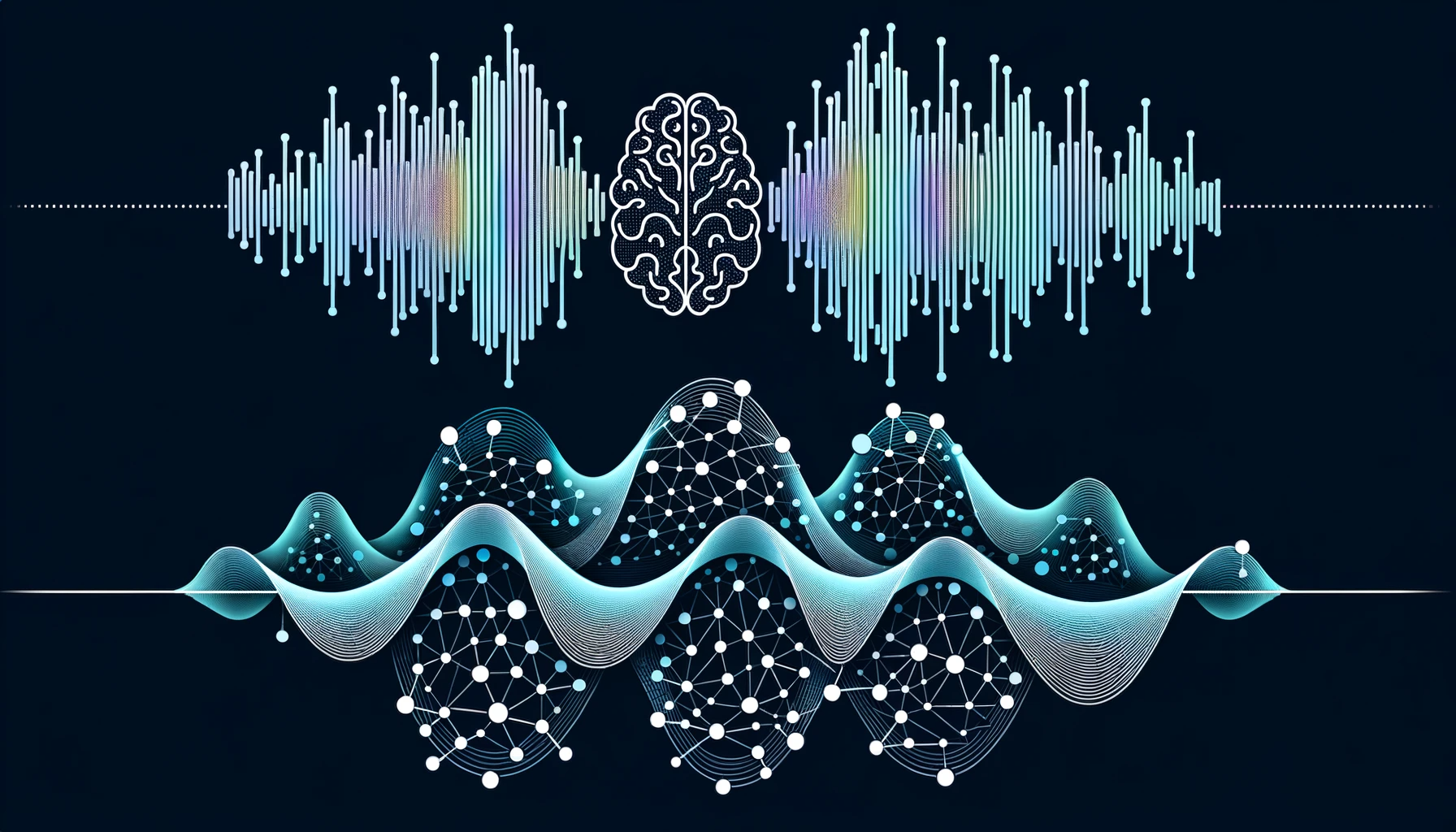Working Student - Feature Extraction for Deep Learning Applications
- Type of project: HiWi/Research Project
- Contact: cemil.emre.ardic@izfp.fraunhofer.de

Embrace the future with Fraunhofer Institute.
Explore, Experiment, Excel in Deep Learning!
At Fraunhofer Institute, we offer you the opportunity to dip your toes in the exciting waters of Deep Learning. This isn’t just an industrial setup; it’s a collaborative research institute, a blend of academia and industry, fostering innovation and nurturing talents.
Our platform will allow you to:
- Dive Deep into Deep Learning: Explore the practical applications of the latest Deep Learning algorithms and be a part of the cutting-edge research that’s shaping our future.
- Real World Data: Work with genuine, real-world industrial data, and experience the thrill of solving practical, meaningful challenges that can drive our world forward.
- Bridging the Industry-Academia Gap: Join us and be at the heart of an unprecedented collaboration between industry and academia, fostering an ecosystem that thrives on knowledge, innovation, and mutual growth.
Deep Learning
So what exactly is Deep Learning? It is an exciting frontier in technology, using sophisticated algorithms to create artificial intelligence systems that learn and adapt, just like our brains do. By diving into this captivating realm, you get the chance to teach machines to recognize patterns, interpret language, and even create artistic masterpieces. In deep learning, you don’t just solve problems; you shape an evolving technology that’s rewriting the rules of how we interact with the world. The knowledge you acquire will be at the intersection of mathematics, computer science, and philosophy, opening up limitless possibilities for innovation. By joining us in exploring deep learning, you’ll be embarking on a thrilling journey that puts you at the forefront of the future.
Feature Extraction
Feature extraction is a vital process in the deep learning pipeline. It is all about transforming the raw data into a set of features or attributes that can be used to train neural networks effectively. These features capture the essence of the data while reducing its dimensionality, making it more manageable for the neural network to process. By understanding and mastering feature extraction, you will be better equipped to design neural networks that can quickly and accurately learn from the data.
-
Data Preprocessing
- Normalization and scaling
- Handling missing values and outliers
-
Dimensionality Reduction
- Principal Component Analysis (PCA)
- t-Distributed Stochastic Neighbor Embedding (t-SNE)
-
Feature Engineering
- Feature selection methods (e.g., Recursive Feature Elimination)
- Feature creation (e.g., polynomial features, interaction terms)
- Time Series Data Techniques
- Fourier Transform
- Wavelet Transform
- Embeddings
Requirements
Don’t worry if you don’t know all the things above. These are the fun part ahead. Only fundamental knowledge you should bring with you:
- Signal Processing
- Basic Machine Learning/Deep Learning
- Time-Frequency Analysis
References
- LeCun, Y., Bengio, Y. & Hinton, G. Deep learning. Nature 521, 436–444 (2015). https://doi.org/10.1038/nature14539
- Chun-Lin, Liu. “A tutorial of the wavelet transform.” NTUEE, Taiwan 21 (2010): 22.
Interested? Here is my contact details, don’t hesitate to reach me!
- M.Sc. Cemil Emre Ardic
- cemil.emre.ardic@izfp.fraunhofer.de